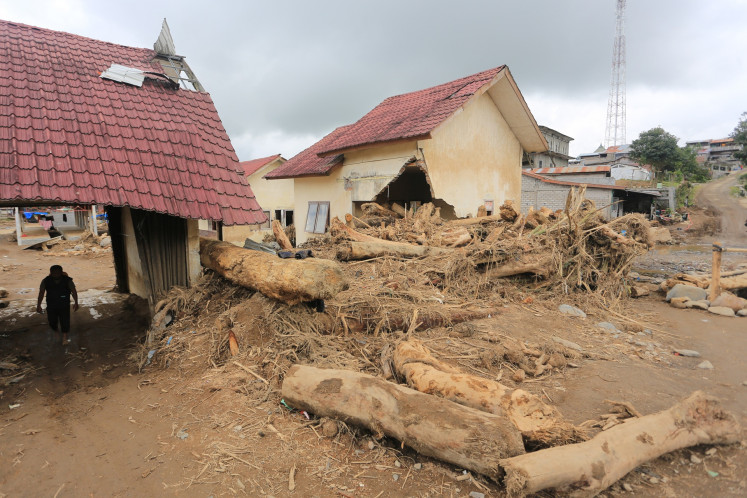Popular Reads
Top Results
Can't find what you're looking for?
View all search resultsPopular Reads
Top Results
Can't find what you're looking for?
View all search resultsCultural links provide common ground for unity
Knowledge of the cultural linkages between India and ASEAN is a key to building better understanding and common ground for unity despite the cultural and religious differences between the two regions, a panel concluded during the first India-ASEAN Youth Summit
Change text size
Gift Premium Articles
to Anyone
K
nowledge of the cultural linkages between India and ASEAN is a key to building better understanding and common ground for unity despite the cultural and religious differences between the two regions, a panel concluded during the first India-ASEAN Youth Summit.
“India and ASEAN have to unite in implementing the United Nations’ 2030 agenda for sustainable development so that no one will be deprived and underprivileged while creating peace and prosperity,” India Foundation director Shri Ram Madhav told a seminar during the summit, which took place from Aug. 14 to 19 in Bhopal, India.
The conference was organized to mark the 25th anniversary of India and ASEAN’s dialogue partnership and ASEAN’s 50th jubilee.
Madhav added that India and ASEAN had a common spirituality that could foster solidarity between both parties to strengthen their multilateral relations.
Panelists also agreed that this common ground could help mitigate tendencies toward xenophobia and narrow-minded nationalism that seemed to have gained ground around the globe, all the while promoting better cooperation among different nations from the India-ASEAN region.
The India-ASEAN ties indeed go a long way back, according to the Indian Ministry of Finance’s principal economic advisor Shri Sanjeev Sanyal. He said that human migrations from India to the Southeast Asian region started about 50,000 years ago.
“The migrants did not move across India to Southeast Asia in a linear movement, but they went back and forth, creating intermarriages and cultural exchanges,” Sanyal explained.
Many people from Southeast Asia, as well as China, also went to the Nalanda learning center, a Buddhist monastery that was founded in the 5th century AD and abandoned circa the 13th century. The learning center was also partly funded by the maritime Sriwijaya Kingdom in what is now known as Sumatra, Indonesia.
As a result of the cultural exchanges, many panelists, including the head of the language and literature department of Myanmar’s State Pariyatti Sasana University, Ram Niwas, have highlighted the similarities of architecture, archaeological relics and visual arts — heavily influenced by the Indian Hindu-Buddhist traditions — found in the Indian and ASEAN regions.
Many different variations of the Indian Ramayana and Mahabharata epics could also be found across the regions.
Meanwhile, the chairman of the Indian Cultural Center in Bali, Mool Chandra Gautam, encouraged translations of literary works from ASEAN and India to foster mutual understanding.










